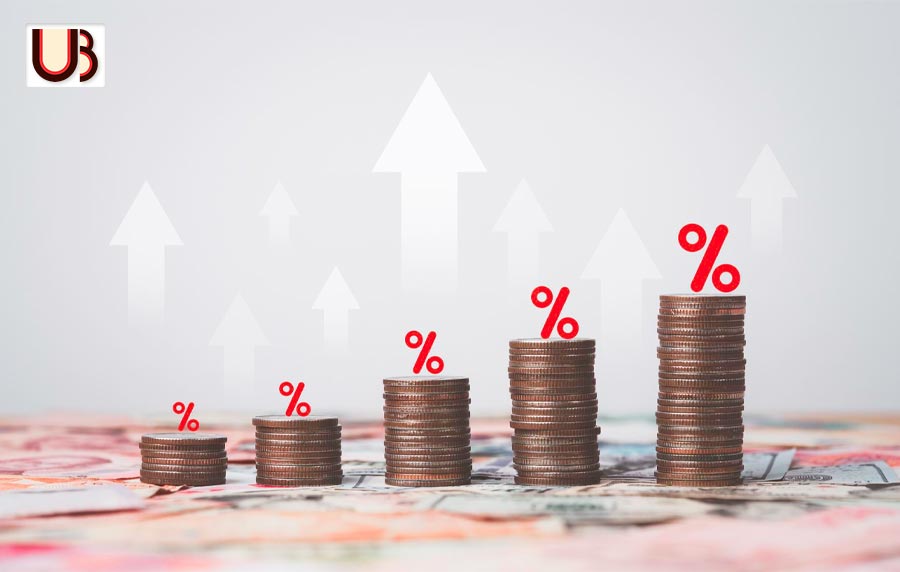Within the economic sphere, two pivotal metrics that wield considerable influence in evaluating a nation’s financial well-being are the inflation rate and gross domestic product (GDP). This discourse endeavors to illuminate the definitions of these terms and unravel the convoluted dynamics that underlie the intricate relationship between the inflation rate and GDP.
What defines the inflation rate?
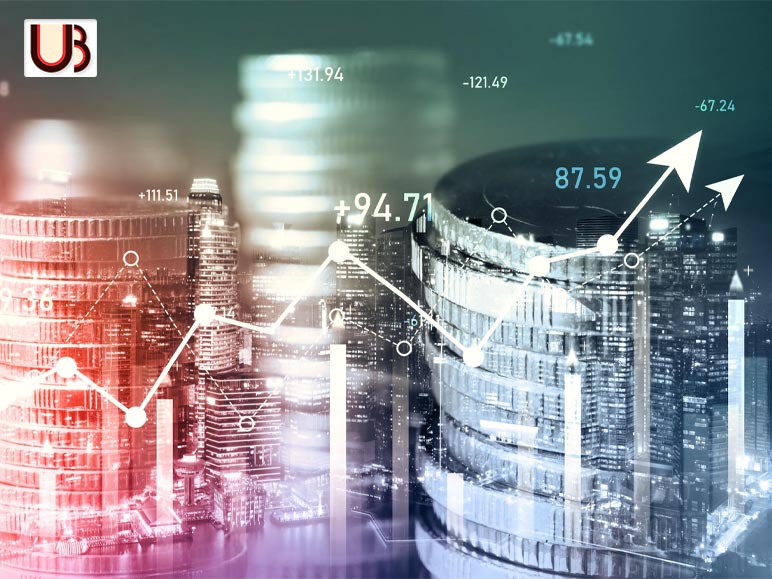
Inflation delineates the sustained escalation in the general price level of commodities and services over a temporal continuum. It is commonly articulated as an annual percentage, encapsulating the percentage metamorphosis in the mean price level of a basket of commodities and services. Inflation possesses the potential to corrode the purchasing prowess of a currency, casting repercussions on consumers, enterprises, and the overarching economy.
Knowing GDP
Gross Domestic Product, or GDP, stands as an exhaustive yardstick for gauging a nation’s economic efficacy. It epitomizes the aggregate market worth of all commodities and services fashioned within a stipulated temporal framework and confined within the territorial confines of a nation. GDP frequently serves as a pivotal gauge to fathom the comprehensive well-being and scale of an economy.
The Details of the Interplay Between the Inflation Rate and GDP
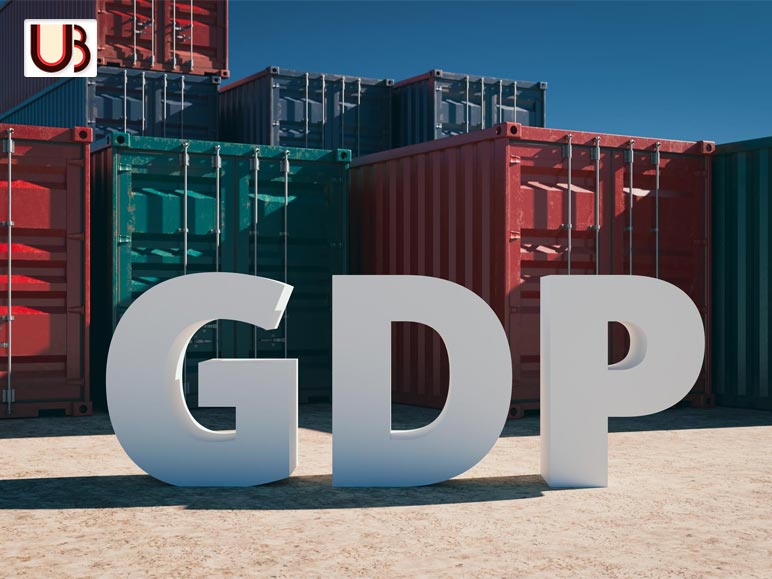
The interrelationship between the inflation rate and GDP is intricate, given the entwined nature of these two benchmarks, which are capable of exerting diverse influences on each other.
Demand-Pull Inflation and GDP Growth
Demand-pull inflation surfaces when the collective demand for commodities and services exceeds their supply. This phenomenon can precipitate escalating prices and, concurrently, contribute to an augmentation in GDP as enterprises amplify production to satiate the burgeoning demand.
Cost-Push Inflation and GDP Retraction
Contrarily, cost-push inflation, propelled by escalating production costs, can exact a deleterious toll on GDP. As enterprises grapple with burgeoning expenditures, they may curtail production, instigating a contraction in the comprehensive economic yield.
Central Bank Tricks
Central banks routinely deploy monetary policies to regulate inflation. By modulating interest rates, they endeavor to sway borrowing, expenditure, and investment. These strategies wield the potential to impact both inflation and GDP, given that fluctuations in interest rates impinge on the cost of borrowing, consequently influencing economic activities.
How to calculate the inflation rate using GDP
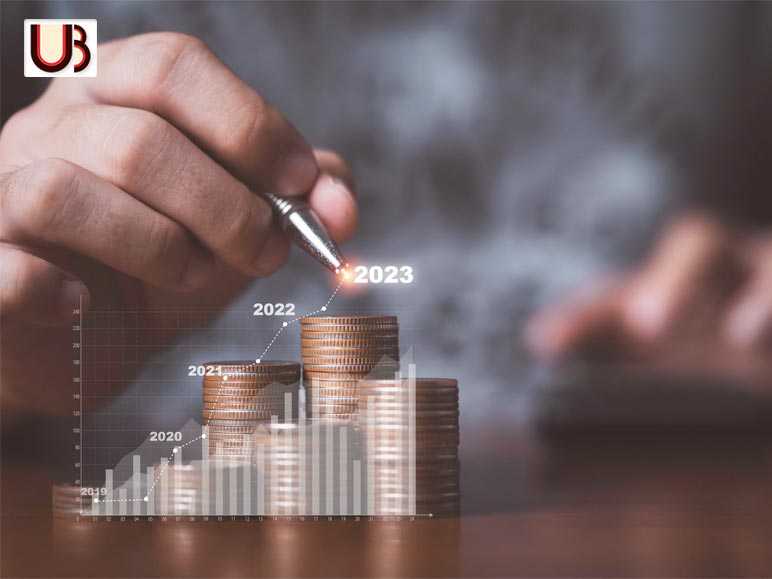
Financial Matters
LLC vs. AOTC: Unraveling the Fundamental Distinctions Between These Educational Credits Financial Matters. Winter 2022 Heating Bills: Estimates for rising heating expenditures this impending winter. In light of the surging global inflation rates, adept comprehension of computing the rate using the GDP deflator becomes a valuable competency.
Inflation, in its essence, constitutes the percentage shift in the price level from one period to the next.
As an example, if a commodity was valued at $100 in 2019 and underwent an upswing to $110 in 2020, the inflation rate for 2020 would be pegged at 10 percent.
The mechanism for computing inflation through the GDP deflator involves a gauge of the price level within an economy, articulated as the proportion of nominal to real GDP.
Consequently, the GDP deflator is tabulated as the quotient of nominal GDP divided by real GDP, scaled by a factor of 100.
Given that inflation embodies the percentage variation in the comprehensive price index of an article within an economy, the GDP deflator proves instrumental in computing the inflation rate, being a reflection of the price level. The inflation rate is delineated as the percentage shift in the GDP deflator from one chronological epoch to the next.
Mathematically formulated, this can be expressed as the GDP deflator of the subsequent year subtracted from the GDP deflator of the antecedent year, divided by the GDP deflator of the antecedent year, and subsequently multiplied by 100.
Final Choice
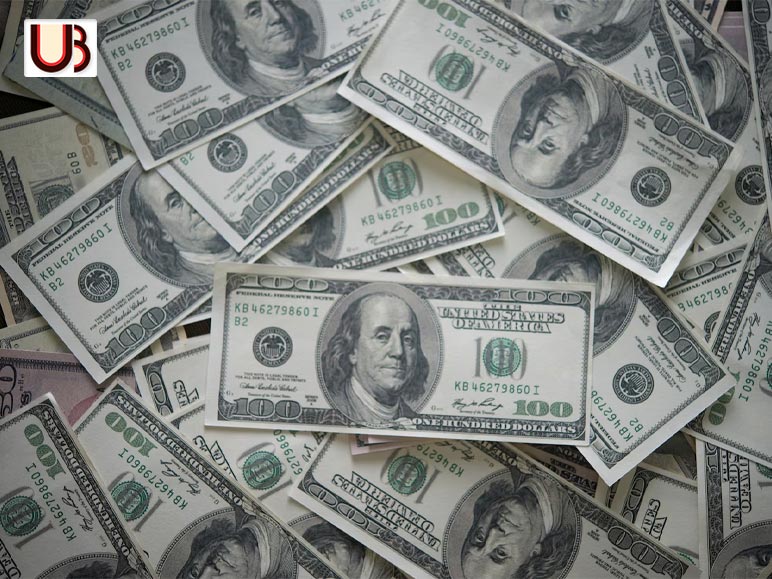
In summation, the link between the inflation rate and GDP is nuanced and intricate. Understanding the complexity of these economic benchmarks and their interplay proves imperative for policymakers, enterprises, and individuals alike. Achieving an equilibrium between inflation curtailment and GDP upswing emerges as indispensable for fostering a resilient and burgeoning economy.
Have A Look :-
- Is Online Trading A Profitable Business?
- How To Start A Bookkeeping Side Business?
- Unleashing the Potential of Outsourced Graphic Design
